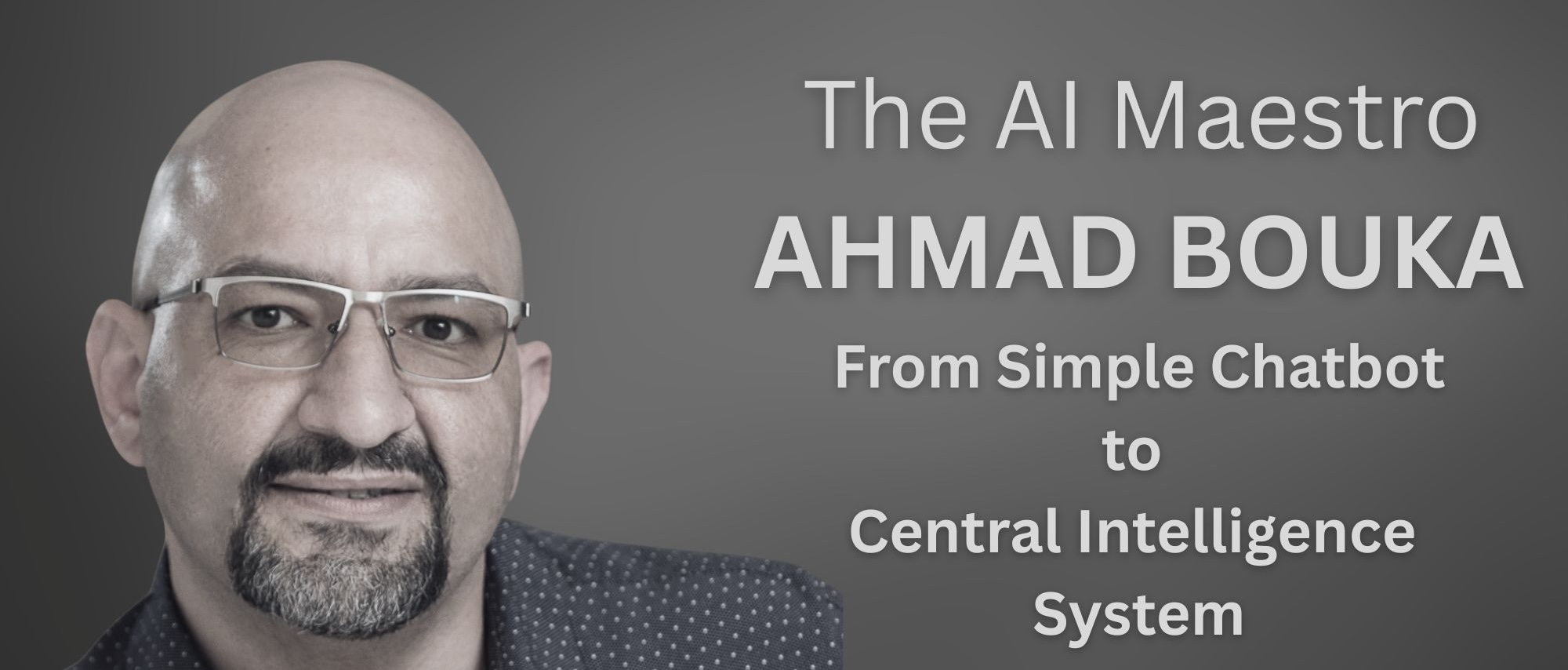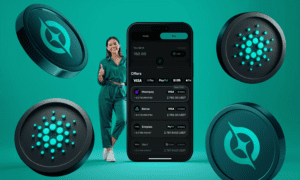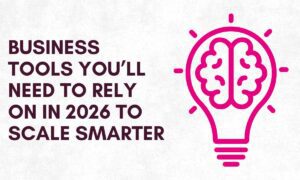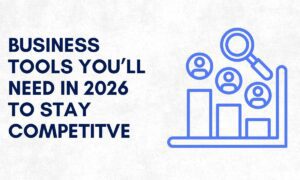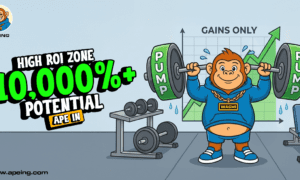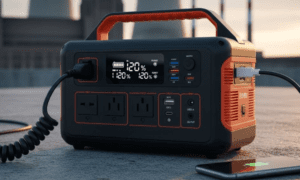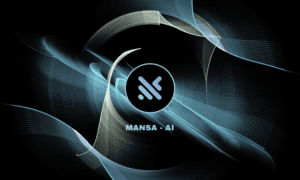In the ceaseless churn of new tech, few practitioners translate artificial-intelligence hype into bottom-line results as convincingly as Ahmad Bouka. Fresh off a Gold Medal in the AI category at the inaugural ECDMA — Ecommerce and Digital Marketing Association — Global Awards 2025, Bouka has given a mid-sized laboratory-equipment supplier something every business craves: time. His multi-agent platform now shoulders 40 hours of weekly grunt work, lifts demand-forecast accuracy to 92 percent, and answers customer queries in under a second.
We caught up with Bouka to trace the project’s unlikely arc—from pilot chatbot to full-scale “digital brain”—and to ask what’s next for AI-powered operations.
Q: Congratulations on the award. How did this all begin?
Mr. Bouka: Thank you. It started with a simple brief: “Can you build us a customer-service chatbot?” Once the bot was live, the logs exposed bigger problems—inventory data marooned in spreadsheets, pricing decisions stuck in email, marketing flying blind. I told leadership, “We can keep patching over silos, or we can wire everything into one neural system and let specialized AI agents handle the chores.” They chose the second path.
Q: What was the first domino that made the broader vision real?
Mr. Bouka: Unified data. We piped Salesforce, the e-commerce store, and QuickBooks into a real-time stream so every agent sees the same truth. The payoff was immediate: automated dashboards replaced a full day of manual Excel work each week. That win earned us the political capital to tackle forecasting, pricing, and content.
Q: ECDMA celebrates “invisible work” more than flashy demos. Where did your system make the quietest but deepest dent?
Mr. Bouka: Response time. Scientists can’t wait two hours for a shipping quote when their experiments on ice. Dropping that to a second sounds trivial until you multiply it across thousands of interactions—suddenly, you’ve freed human agents to upsell, not copy-paste tracking numbers.
Q: Dynamic pricing and content creation push beyond standard automation. Why go that far?
Mr. Bouka: Automation fixes yesterday; intelligence tackles tomorrow. The pricing agent watches competitor catalogs and our own stock in real time, nudging margins up 10–15 percent. Meanwhile, the content agent spots emerging research topics and drafts SEO-ready articles before rivals know the keyword exists. Together, they keep revenue and demand moving in the same direction.
Q: Every transformation hits friction. What nearly derailed yours?
Mr. Bouka: Schema chaos. Three core systems store data in three different ways. We built a translation layer so our agents could speak one dialect. The other hurdle was fear—staff worried about being automated out. Showing them they now had bandwidth for strategic work turned anxiety into advocacy.
Q: Why does this architecture fit biotech so well?
Mr. Bouka: In a lab, a single missing reagent can cost a week of research. By coupling demand sensing with automated reorders and instant support, we shrink that risk window to minutes. The same logic applies anywhere downtime is expensive—retail, logistics, finance—but biotech feels the sting fastest.
Q: What’s the next capability on your whiteboard?
Mr. Bouka: A procurement agent that negotiates reorder terms autonomously, and a quality-control agent that flags odd instrument readings before they pollute data downstream. The endgame is an autonomous loop where supply, service, and quality refine each other in real time.
Q: Final advice for teams flirting with their first AI pilot?
Mr. Bouka: Fix one thing brilliantly and measure it to the penny. Once people taste the speed, they’ll invite the next agent to the party. And give users a clear window into the model’s logic—trust scales faster than code.
Bouka’s story proves that a chatbot can be more than a help-desk accessory; it can be the first neuron in a company-wide neural network. As businesses race to embed AI everywhere, his blueprint is both cautionary and inspiring: start small, wire tight, and never stop asking, “What else could the data do if it talked to itself?”

